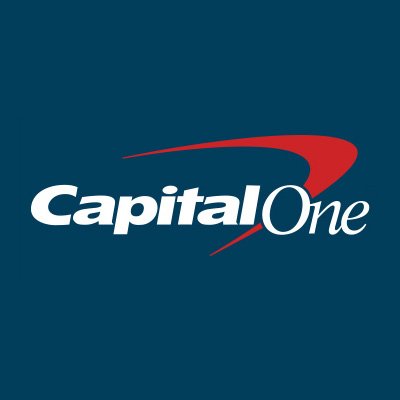
Capital One AI Engineer (Engineering) Behavioral Interview — Customer Impact, Risk Partnership, and Responsible AI
What this covers: A structured, STAR-driven conversation (Situation–Task–Action–Result) focused on how you deliver customer impact, collaborate across Risk/Legal/Compliance, and build trustworthy AI in a regulated bank. Interviewers typically probe for ownership, bias/fairness awareness, data privacy judgment, learning mindset, and working well with product and platform teams. Format and flow (typical 60 minutes): • 3–5 deep “Tell me about a time…” prompts with iterative follow‑ups; • brief role/context overview; • time for your questions. Capital One-specific emphases: • Values alignment (Excellence; Do the Right Thing) demonstrated through decisions that balance innovation with safety, transparency, and customer advocacy. • Test‑and‑learn culture: evidence of running disciplined experiments, measuring outcomes, closing the loop, and sunsetting ideas that don’t pan out. • Risk partnership: effective collaboration with Model Risk Management, InfoSec, Privacy, and Fair Lending partners; ability to navigate governance, document decisions, and respond to challenge. • Responsible AI: handling model bias, explainability, monitoring, and incident response; communicating trade‑offs (accuracy vs. fairness, performance vs. cost/latency) to non‑ML stakeholders. • Ownership at scale: migrating/operating models on cloud platforms, designing for reliability and cost efficiency, and driving postmortems and continuous improvement. Core focus areas and sample prompt themes: 1) Customer impact and metrics — “Tell me about a time you used data to improve an AI/ML product that affected customers; what was the measurable outcome?” 2) Navigating ambiguity — “Describe a situation where product requirements were unclear; how did you converge and de‑risk before building?” 3) Responsible AI and governance — “Share a time you discovered model bias or drift; how did you quantify impact, communicate risk, and remediate?” 4) Cross‑functional influence — “When Legal/Risk challenged your approach, how did you align on a path forward?” 5) Delivery and iteration — “Walk through a launch where you balanced model quality with latency/cost/SLA constraints.” 6) Communication and stakeholder management — “Explain a complex model decision to an executive audience; how did you tailor the message?” 7) Teaming and inclusion — “Give an example of mentoring or unblocking a teammate; how did you ensure psychological safety and shared success?” Evidence interviewers look for: clear STAR structure; specific metrics (e.g., lift, approval rate, latency, cost), thoughtful trade‑offs, proactive risk identification, strong documentation habits, and learning from failures. Common pitfalls: vague outcomes, over‑indexing on technical detail without customer or risk context, lack of measurement, and dismissing partner feedback. How to prepare: curate 6–8 STAR stories spanning bias/fairness remediation, incident/postmortem, disagree‑and‑commit alignment, experiment that failed but taught something, and an end‑to‑end launch with measurable impact. Be ready with artifacts (how you documented decisions, monitoring dashboards, and how you translated results for non‑technical stakeholders).
8 minutes
Practice with our AI-powered interview system to improve your skills.
About This Interview
Interview Type
BEHAVIOURAL
Difficulty Level
4/5
Interview Tips
• Research the company thoroughly
• Practice common questions
• Prepare your STAR method responses
• Dress appropriately for the role